Malta is an island country in the Mediterranean Sea. It is actually a collection of three main islands; Malta, Gozo and Comino.
It is almost exactly in the middle of the Mediterranean Sea and is south of the Italian island of Sicilly and
north of Libya in Africa.
Malta is obviously surrounded by the Mediterranean Sea.
The land is mostly rocky with coastal cliffs.
The geographical coordinates for the centre of Malta, also known as lines of latitude and longitude, are:-
Latitude - 35 50N
Longitude - 14 35E
The capital of Malta is Valletta.
During the second World War, Malta became a very important base because it allowed the British to attack German ships bringing supplies to their troops in
North Africa. The Germans and Italians began bombing Malta to try to eliminate the British bases. From January 1 1942 until July 24 1942, there was
only one day when no bombs fell on Malta. After 1940 it had become more and more difficult to get supplies to the people of Malta as many of the
ships bringing food were sunk by the Germans. It was mainly for these two reasons that George VI
awarded the George Cross to the people of Malta. The King said it was to "bear witness to the heroism and devotion of its people" during these times.
The George Cross is the second highest award for bravery in the United Kingdom. It has
only been awarded to a group of people on one other occasion.
Malta became independent in 1964. It is now a parliamentary republic with a president as head of state and a prime minister as head of the government.
In elections everyone over the age of 18 must vote.
The currency in Malta is the euro. Malta is a member of the European Union, having joined in 2004. Malta is also a member of the Commonwealth.
Maltese and English are the official languages.
Check the weather in Luqa now. Luqa is a town nearest to the only airport
on Malta and about 5 miles from the capital, Valletta.
This is the time in Valletta now








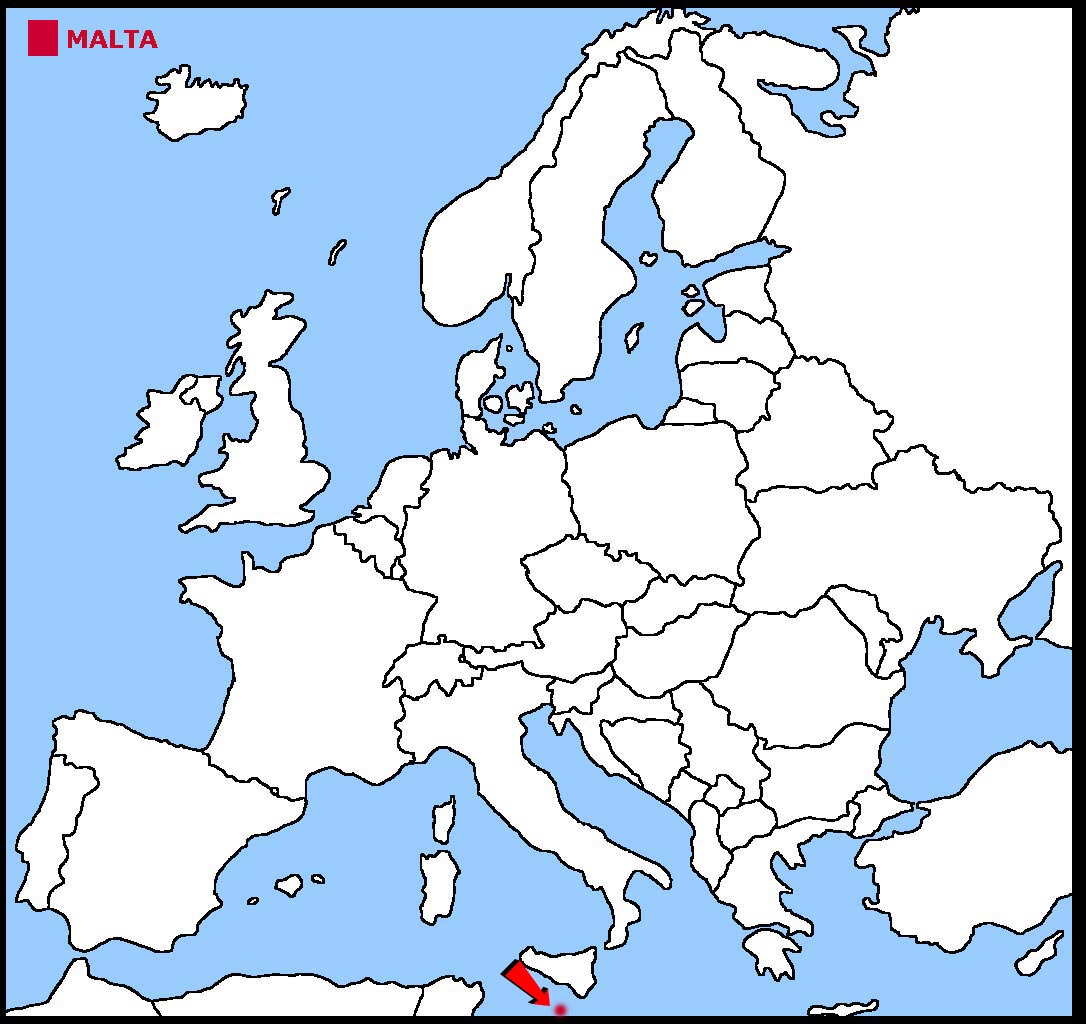

 The Maltese flag is 2 equal vertical stripes of white and red. In the top left hand side is an image of the George Cross which has been on the flag
since Malta declared independence in 1964. The colours are said to have been those of the Knights of St John who ruled Malta between 1530 and 1798.
The Maltese flag is 2 equal vertical stripes of white and red. In the top left hand side is an image of the George Cross which has been on the flag
since Malta declared independence in 1964. The colours are said to have been those of the Knights of St John who ruled Malta between 1530 and 1798.


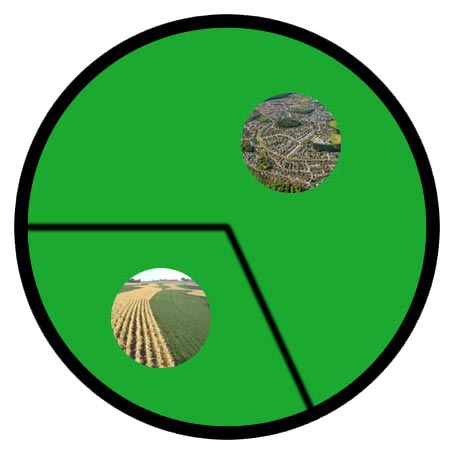

 Each little Owlbut is 1 person and
the big yellow rectangle is 1 sq km. After a while you can compare countries and see which ones are the most crowded. Remember it is only an average as
more people live closer together in towns and cities than in villages out in the country.
Each little Owlbut is 1 person and
the big yellow rectangle is 1 sq km. After a while you can compare countries and see which ones are the most crowded. Remember it is only an average as
more people live closer together in towns and cities than in villages out in the country.
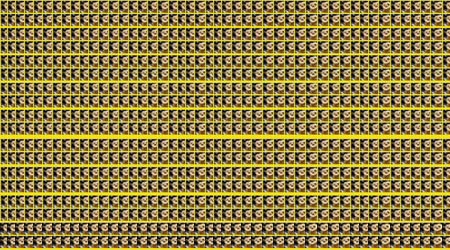

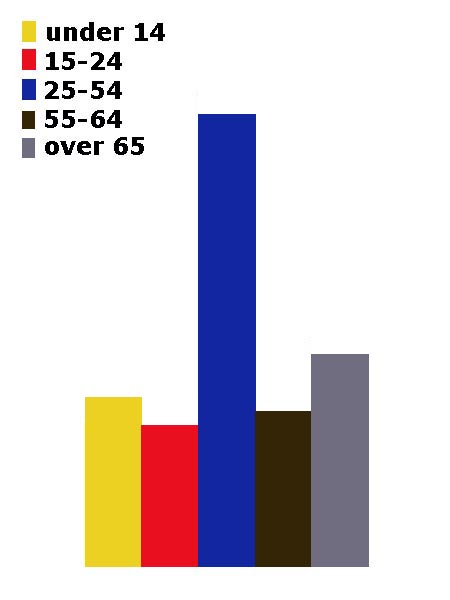
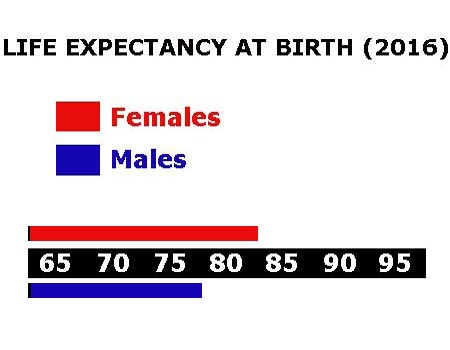

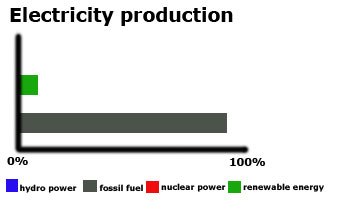

 They work in the following sectors.
They work in the following sectors.



